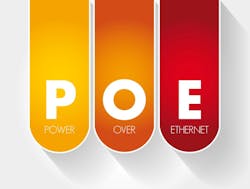Finding the right PoE solutions for your network
Power over Ethernet (PoE) offers significant advantages by streamlining the setup and operation of connected devices, partner publication Automation World reported in an article. PoE eliminates the need for separate power cables, allowing data and power to flow through a single Ethernet cable.
This simplifies installations in industrial environments where space is often limited and reduces costs associated with cabling infrastructure. The various IEEE standards, such as 802.3af, 802.3at, and 802.3bt, allow engineers to power different devices, from basic sensors to more power-hungry IIoT equipment like cameras and wireless access points, while maintaining safety and interoperability.
The ability to use PoE with industrial Ethernet switches ensures flexibility and scalability in machine and plant networks. For instance, IEEE 802.3bt, with its higher power output (up to 90W), facilitates the integration of advanced devices that require substantial power, aiding in the shift toward Ethernet-based control systems.

